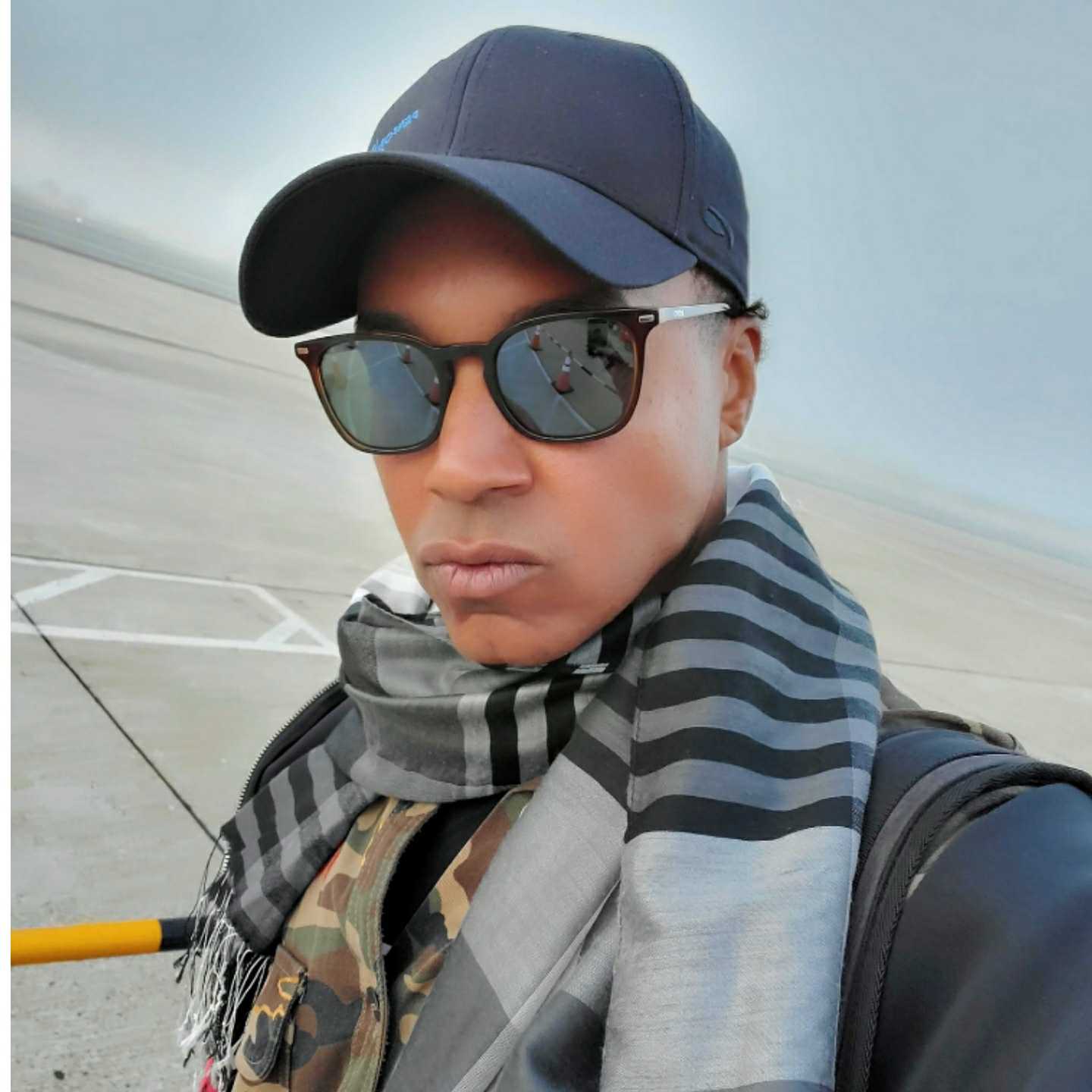Over the last few years, the fashion industry has been one of several global markets that have embraced the possibilities of modern-day technology. Above all else, augmented and virtual reality equipment has become central to the future direction of retail shopping, with the technology providing simulated environments that are enhancing the consumer’s overall experience.
As a result, we’re going to look at some of the technology that is currently changing the fashion industry. Moreover, we’ll also consider how similar real-time advancements are being utilized within other contemporary sectors.
Live Developments Within Fashion and Retail
Five years ago, Tommy Hilfiger, a premium clothing company from America, became the first major global fashion retailer to provide customers with virtual reality headsets in their stores. Through using this technology, the company allowed prospective consumers to view their latest fashion catwalk for their newest collections as if they were experiencing it live. In regard to in-store experiences, Gap released their DressingRoom app back in 2017, which offers the prospect of digitally trying on new items. By imputing personal data into the app, such as height and weight, the development then generates a virtual model with desired clothing on, allowing the shopper to view the item and its fit before deciding whether or not to buy it.
Due to the very nature of the fashion industry, the implementation of augmented reality isn’t purely limited to accessories or clothing. In 2017, IKEA launched its newly-developed app, IKEA Place, for IOS devices. The application itself allowed for users to browse through the company’s catalog of furniture and virtually place any item within the desired room of their house through their mobile device. Furthermore, for in-store shoppers, the Swedish retailer has created a high-definition, interactive showroom which utilizes the power of virtual reality in seeking to offer shoppers more life-like exploration and visualization techniques.
What’s Happening Beyond Fashion?
As highlighted above, real-time technology is enhancing user experiences across a wide array of different sectors, and the gaming industry is no different. VR headsets have, in particular, altered the outlook of the market by providing more realistic gaming activities that are more immersive than traditional console alternatives. Moreover, NetEnt games developer have been able to create real-time titles within the iGaming sector that also seek to promote realism through their casino-focussed developments. Their live blackjack and roulette variants feature some of the most advanced gaming software to offer an authentic in-house casino experience from your desktop or mobile.
Away from the fashion industry, various sectors have accepted the potential of virtual reality equipment and have since implemented it into their respective markets. Within the health sector, computer-generated environments have significantly altered training methods. According to statistics from the National Centre for Biotechnology Information, 30 percent of graduating surgeons are unable to operate independently following the conclusion of pre-existing training methods. By using VR technology to replicate the medical activity, there is no risk of any operational issues occurring because the live training is being conducted in a controlled, safe environment.
The Future of Consumer Experiences will be Centred Around Live Experiences
Ultimately, the fashion, gaming, and medical industries all demonstrate that replicating real-time experiences through either VR technology or other advanced software heightens immersion levels among consumers and aspiring surgeons. While each market is very different in what they’re seeking to provide and achieve, each will continue to benefit from implementing the latest technology over the coming years.

How Live Technology is Revolutionising Consumer Experiences in Fashion, Retail and Beyond
Leave a reply





